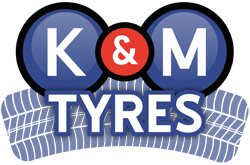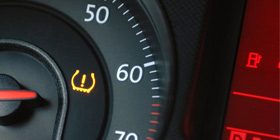we make it easy
Buyers Guide
We know buying tyres can be complicated, different sizes, profiles, load rating, speed rating and the list goes on. In this brief guide we will help you locate the information we need to know in order to help you.
Tyre Size
Given your tyre size we can tell you exactly what options you have. Some websites use registration plate numbers to identify which tyres you may have, but this can sometimes produce a more confusing list depending on the wheels you have fitted.
This diagram shows where you can find the size of the tyres currently fitted to your vehicle along with your registration number we can then advise which tyres we can supply.

A. Tyre Width
The width of your tyre, in millimetres, measured from sidewall to sidewall.
B. Profile
This is the ratio of the tyre’s cross-section to its width, expressed as a percentage.
C. Rim Size
The diameter (height) of the wheel in inches.
D. Load
Your tyre’s load index relates to its maximum carrying capacity (in kg).
E. Speed Rating
The speed rating is the maximum speed for a tyre when it is correctly inflated and being used under load.

Summer Tyres
As you might guess, summer tyres are intended for use between sping and autumn.
This is because the compound used works best in temperatures that exceed 7°C. Any colder and the tyres harden, losing their traction properties.
Generally, the best summer tyres wear slower than all-season tyres or winter tyres. They also provide good traction on wet and dry surfaces.

All-Season Tyres
Automotive experts are in agreement that all season tyres (aka all weather tyres) are suitable for drivers who live in places that enjoy a more moderate climate without extremes in temperature.
One of the major benefits of using all season tyres is that there is no need to own two sets of tyres and swap between summer and winter tyres each year.

Winter Tyres
In temperatures below 7°C the compound and rubber in a summer tyre begin to harden.
Winter tyres, are constructed with a different type of rubber compound – containing a higher percentage of silica and natural rubber. This allows winter tyres to remain flexible and perform better in lower temperatures.
- Enhanced Performance
- Better Grip
- Greater Control










